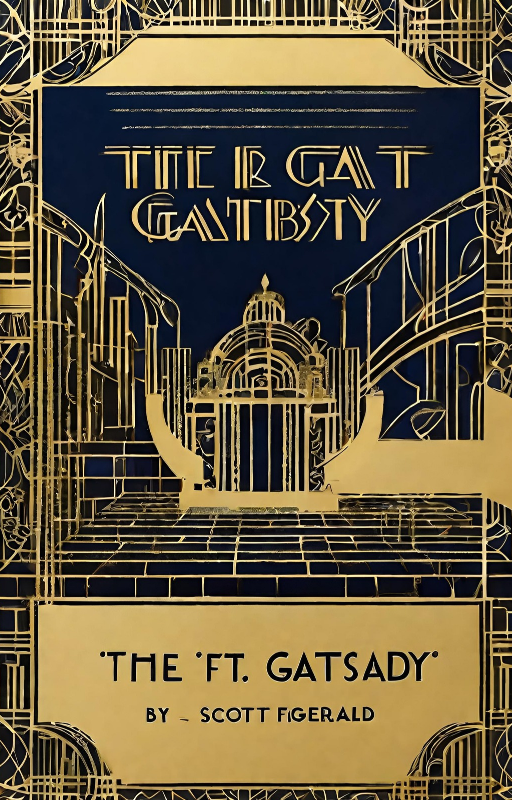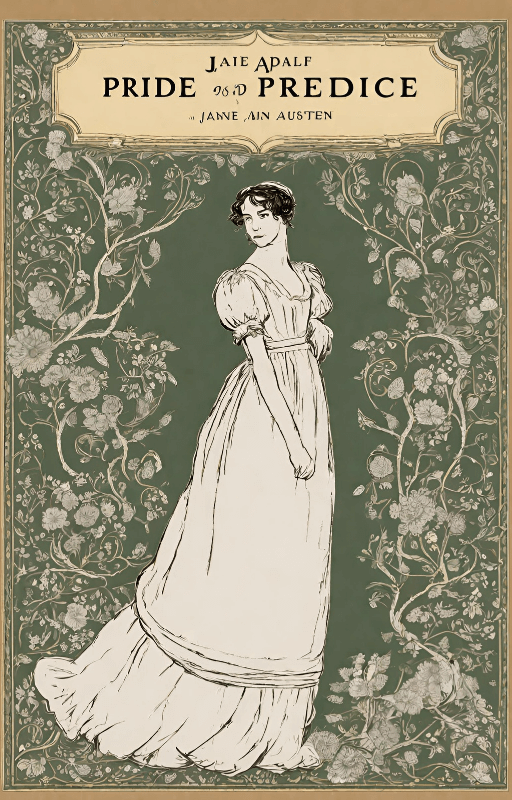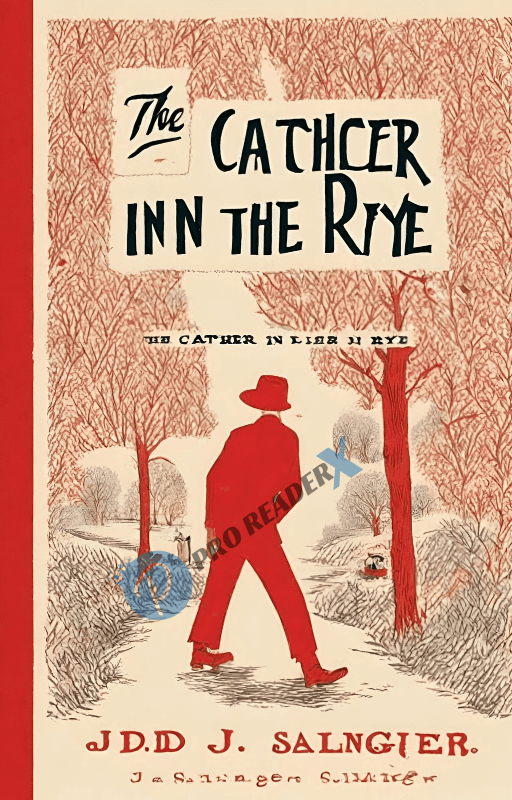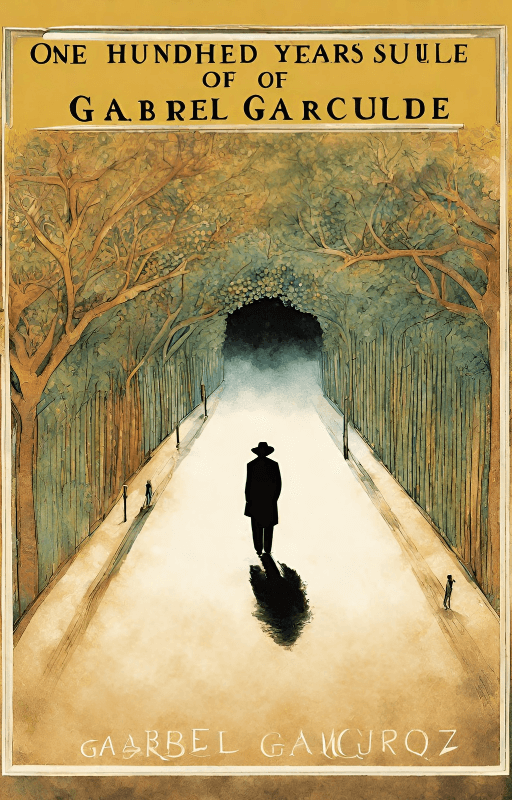Introduction
Harper Lee’s “To Kill a Mockingbird” isn’t just a book; it’s a cultural phenomenon that continues to resonate with readers of all ages. Published in 1960, this Pulitzer Prize-winning novel explores themes of racial injustice, moral growth, and the loss of innocence in the fictional town of Maycomb, Alabama. Let’s embark on a journey through the pages of this timeless classic, delving into its plot, characters, symbolism, and enduring legacy.
Plot Overview – To Kill a Mockingbird by Harper Lee
Set against the backdrop of the Great Depression, “To Kill a Mockingbird” introduces us to the Finch family, including young Scout Finch, her brother Jem, and their father, Atticus, a principled lawyer. The story unfolds as Scout recounts her childhood experiences, from playful adventures with her brother to the mysterious fascination with their reclusive neighbor, Boo Radley. However, the heart of the narrative lies in Atticus’s defense of Tom Robinson, a black man falsely accused of raping a white woman, Mayella Ewell. The trial serves as a focal point, highlighting the pervasive racism and injustice prevalent in the segregated South.
Key Characters – To Kill a Mockingbird Harper Lee
Scout Finch: The precocious narrator of the story, whose innocence and curiosity drive the narrative forward.
Atticus Finch: A morally upright lawyer and single father, who defends Tom Robinson despite facing backlash from the community.
Boo Radley: The enigmatic neighbor, shrouded in mystery and rumors, whose acts of kindness ultimately reveal his true nature.
Tom Robinson: A black field worker falsely accused of assaulting Mayella Ewell, whose trial exposes the racial prejudices of Maycomb.
Calpurnia: The Finch family’s African American housekeeper, who serves as a maternal figure to Scout and Jem.
Jem Finch: Scout’s older brother, whose coming-of-age journey parallels the novel’s exploration of morality and empathy.
Mayella Ewell: The troubled young woman who accuses Tom Robinson of rape, embodying the destructive effects of racism and poverty.
Bob Ewell: Mayella’s abusive father, whose bigotry and violence fuel the town’s animosity towards the Finch family.
Themes Explored – summary of To Kill a Mockingbird by harper lee
“To Kill a Mockingbird” delves into complex themes that continue to resonate with readers today:
Racial Injustice: The novel exposes the systemic racism and prejudice ingrained in society, as seen in Tom Robinson’s trial and the treatment of African Americans in Maycomb.
Moral Growth and Development: Through Scout and Jem’s experiences, the novel explores the journey from childhood innocence to moral understanding, shaped by empathy and integrity.
Perspective and Empathy: Atticus’s teachings encourage Scout to see the world through others’ eyes, fostering empathy and understanding across social divides.
Loss of Innocence: The harsh realities of prejudice and injustice force Scout and Jem to confront the darker aspects of humanity, marking the end of their childhood innocence.
Symbolism in the Novel – Harper Lee
Throughout “To Kill a Mockingbird,” Harper Lee employs rich symbolism to enhance the narrative:
The Mockingbird: Symbolizing innocence and compassion, the mockingbird serves as a metaphor for characters like Tom Robinson and Boo Radley, who are unfairly targeted and persecuted.
The Radley House: A symbol of fear and curiosity, the Radley house represents the unknown and the consequences of prejudice and gossip.
The Treehouse: A site of childhood innocence and imagination, the treehouse becomes a refuge for Scout and Jem, but also a place where they confront harsh truths about the adult world.
Critical Reception and Legacy
Upon its release, “To Kill a Mockingbird” received widespread acclaim for its poignant portrayal of social issues and compelling characters. The novel won the Pulitzer Prize for Fiction in 1961 and has since become a staple in school curricula worldwide. Its enduring legacy is evident in its continued relevance to contemporary discussions on race, justice, and morality.
Adaptations
The novel has been adapted into various forms of media, including a critically acclaimed film directed by Robert Mulligan in 1962, starring Gregory Peck as Atticus Finch. Additionally, “To Kill a Mockingbird” has been adapted into numerous theater productions, captivating audiences with its timeless message of compassion and integrity.
Controversies and Criticisms
Despite its acclaim, “To Kill a Mockingbird” has not been without controversy. Some critics have raised concerns about its portrayal of race and stereotypes, prompting discussions about the novel’s cultural impact and interpretation.
Personal Reflections
“For many readers, ‘To Kill a Mockingbird’ is more than just a book; it’s a transformative experience that challenges our perceptions and inspires us to stand up for justice and equality. As we journey alongside Scout and Atticus, we’re reminded of the power of empathy and the importance of confronting injustice, even in the face of adversity.”
Educational Significance
The novel’s inclusion in school curricula reflects its enduring educational value, offering students the opportunity to explore complex themes of morality, race, and empathy in a historical context. By engaging with “To Kill a Mockingbird,” students gain insights into the human condition and develop critical thinking skills essential for navigating the complexities of the world.
Connections to Real-Life Events
While “To Kill a Mockingbird” is set in the 1930s, its themes of racial injustice and moral courage resonate with real-life events throughout history. From the Civil Rights Movement to contemporary discussions on social justice, the novel serves as a timeless reminder of the ongoing struggle for equality and compassion.
Recommendations – plot summary To Kill a Mockingbird
For readers captivated by the themes of “To Kill a Mockingbird,” other classic novels such as “The Color Purple” by Alice Walker and “The Help” by Kathryn Stockett offer further exploration of racial injustice and resilience.
Conclusion – To Kill a Mockingbird
In conclusion, “To Kill a Mockingbird” stands as a testament to the enduring power of literature to provoke thought, inspire empathy, and ignite social change. Through its timeless characters and profound themes, Harper Lee’s masterpiece continues to leave an indelible mark on readers around the world, reminding us of the importance of compassion, integrity, and the courage to stand up for what is right.
FAQs (Frequently Asked Questions)
1. Why is “To Kill a Mockingbird” considered a classic?
“To Kill a Mockingbird” is regarded as a classic due to its exploration of timeless themes such as justice, morality, and empathy, as well as its enduring relevance to contemporary issues.
2. What age group is “To Kill a Mockingbird” suitable for?
While “To Kill a Mockingbird” is often studied in high schools, its themes and language make it accessible to readers of various ages, though parental guidance may be advised for younger readers.
3. What lessons can readers learn from “To Kill a Mockingbird”?
“To Kill a Mockingbird” teaches readers about the importance of empathy, the consequences of prejudice, and the courage to stand up for what is right, even in the face of adversity.
4. How accurate is “To Kill a Mockingbird” in portraying life in the American South during the 1930s?
While “To Kill a Mockingbird” offers a fictionalized portrayal of life in the American South, it reflects the social and political realities of the time, particularly regarding race and class.
5. Are there any sequels or follow-up works to “To Kill a Mockingbird”?
Harper Lee’s “Go Set a Watchman,” published in 2015, is a semi-sequel to “To Kill a Mockingbird,” featuring an adult Scout Finch returning to Maycomb to visit her father, Atticus.






